The Gopher Tortoise, known by its scientific name Gopherus polyphemus, holds a special place in the ecosystems of the US Gulf States. This reptile, native to the southeastern United States, plays a pivotal role in its environment. Here’s a deep dive into the life, significance, and conservation efforts related to the Gopher Tortoise in the Gulf States.
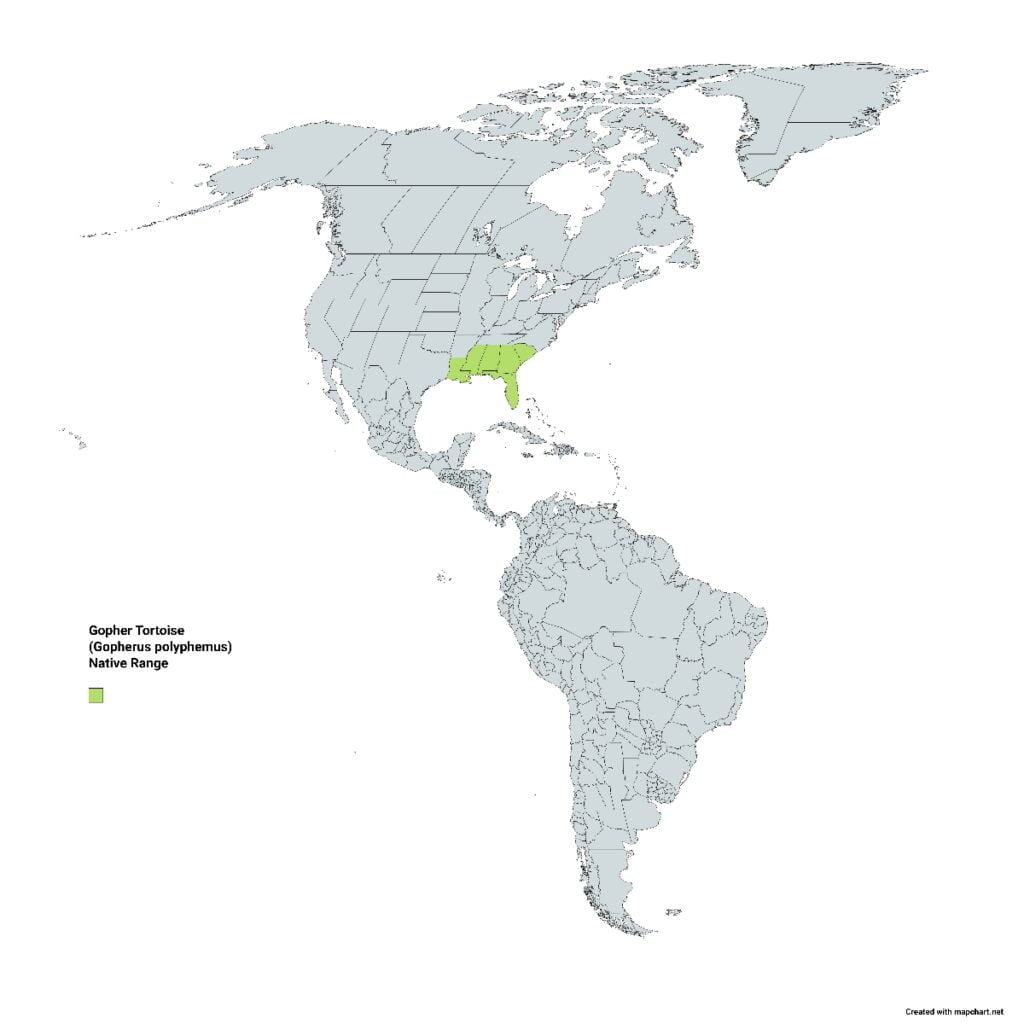
Natural Habitat
The Gopher Tortoise thrives in well-drained, sandy soils commonly found in upland habitats such as pine flatwoods, coastal dunes, and longleaf pine sandhills. These environments are prevalent in the Gulf States, providing the tortoise with ample space to dig its burrows.
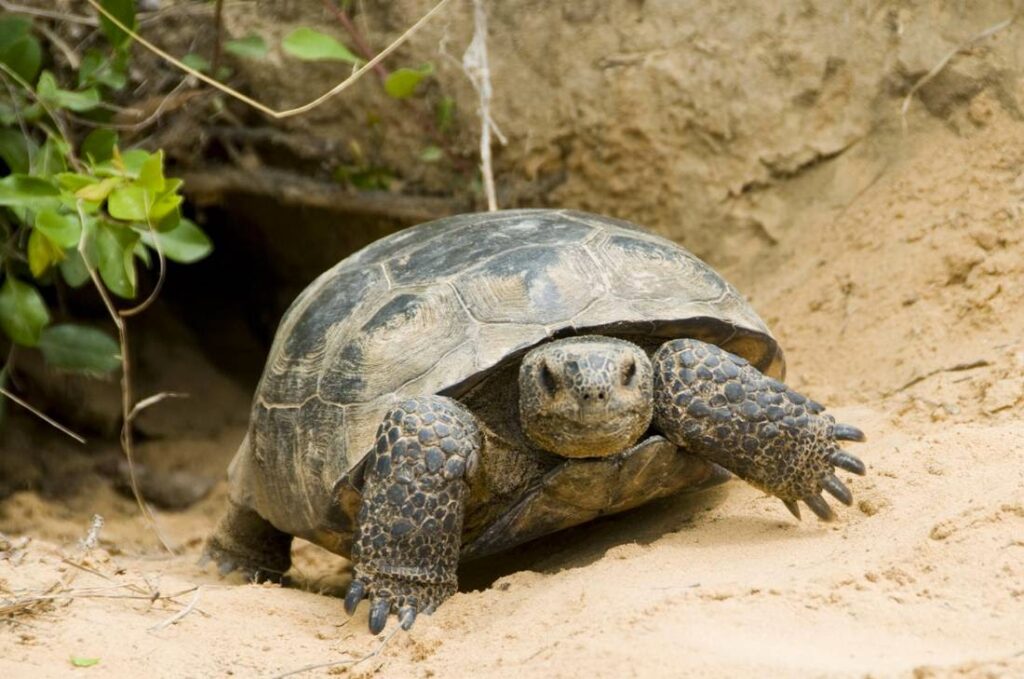
Significance as a Keystone Species
A ‘keystone species’ is one that has a disproportionately large effect on its environment relative to its abundance. The Gopher Tortoise earns this title because of its burrowing habits. The burrows, which can be up to 10 feet deep, provide refuge for over 350 other species, including the endangered Eastern Indigo Snake. In essence, the Gopher Tortoise is like a landlord for many creatures, offering them shelter from extreme weather conditions and predators.
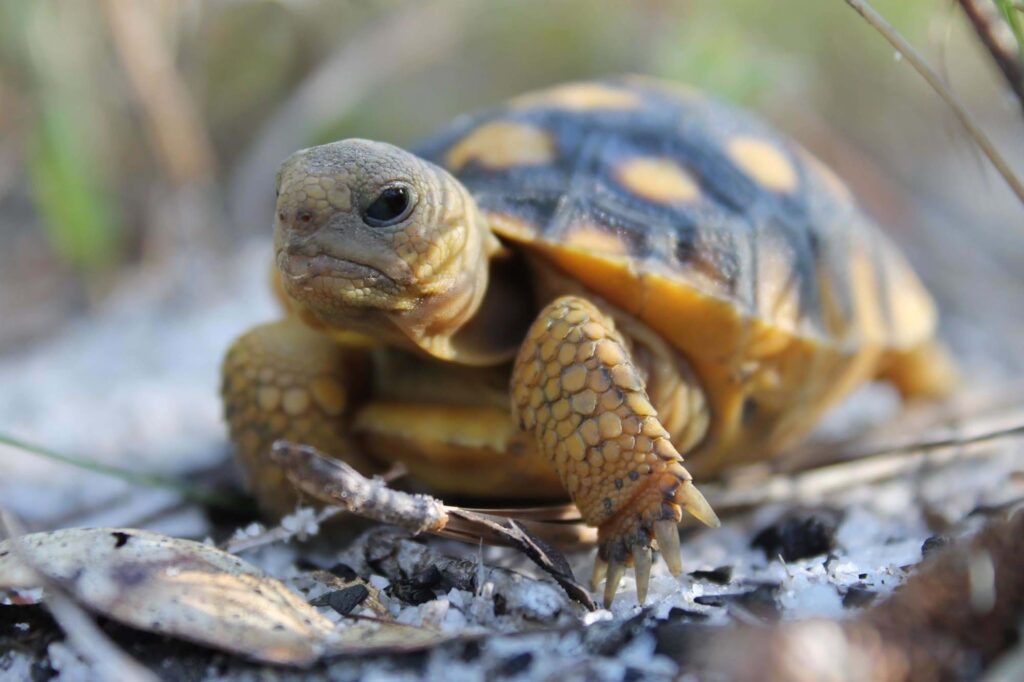
Diet and Behavior
Primarily herbivores, Gopher Tortoises feed on a wide variety of plants, including grasses, fruits, and flowers. Their diet plays a crucial role in seed dispersal, aiding in the propagation of many plant species. They are also known for their slow and steady demeanor, often seen ambling around their sandy habitats.
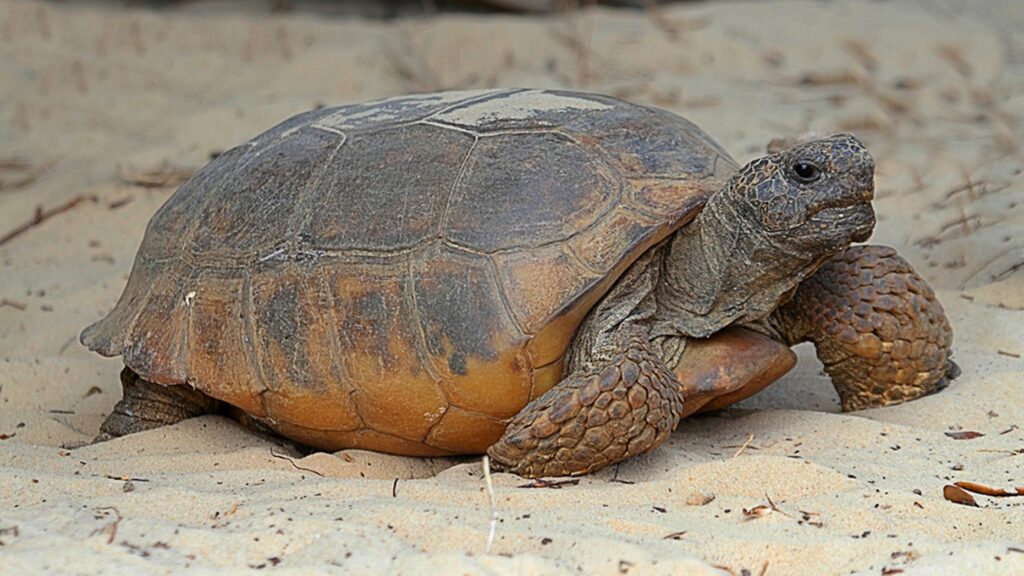
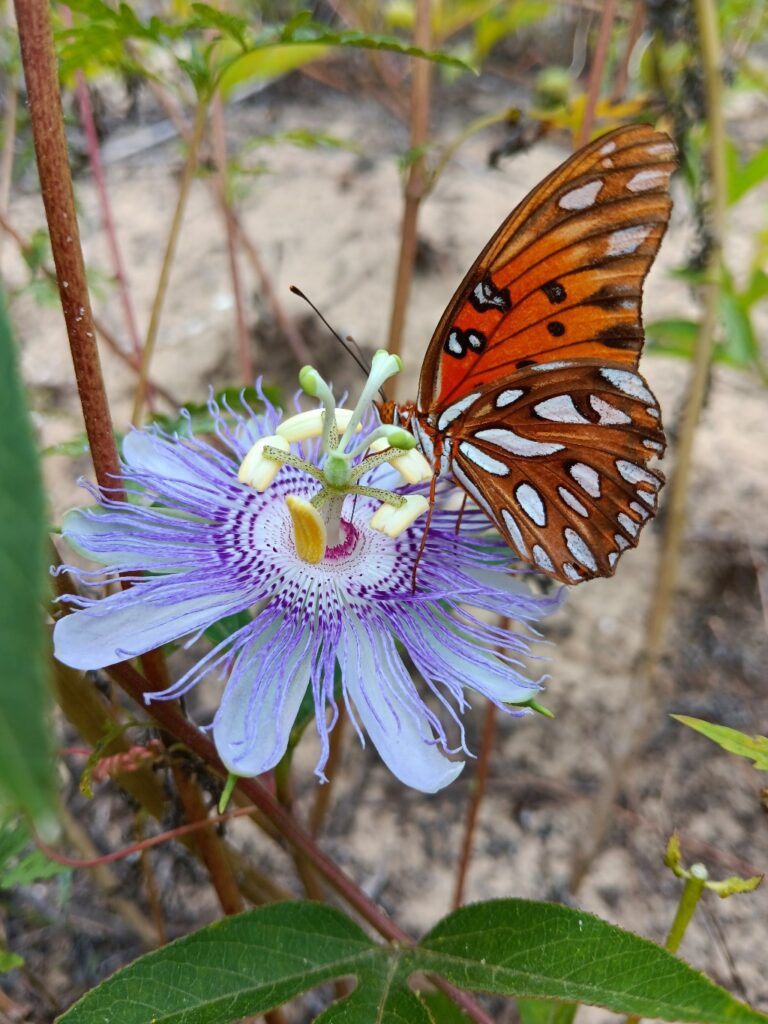
10 Florida-Native Maypop Purple Passionvine Seeds (Passiflora Incarnata)
Maypop Purple Passionvine Passiflora Incarnata seeds. Florida Native. 10 or more seeds.
Conservation Status
Unfortunately, the Gopher Tortoise is classified as a threatened species in the US Gulf States. Habitat destruction, vehicular deaths, and predation are the main threats facing them. As their habitats are converted to agricultural or urban areas, the tortoises lose their homes and face increased vulnerability.

Conservation Efforts
Recognizing the vital role the Gopher Tortoise plays in the ecosystem, several conservation initiatives are in place in the Gulf States:
1. Habitat Protection: Many state parks and wildlife refuges protect the habitats crucial for the tortoises.
2. Land Management: Prescribed fires are used to maintain the open-canopy forests the tortoises call home. These fires prevent the overgrowth of shrubs and promote the growth of grasses and herbs which the tortoises feed on.
3. Public Education: Efforts are being made to educate the public about the importance of the Gopher Tortoise, urging them to protect the species and its habitat.
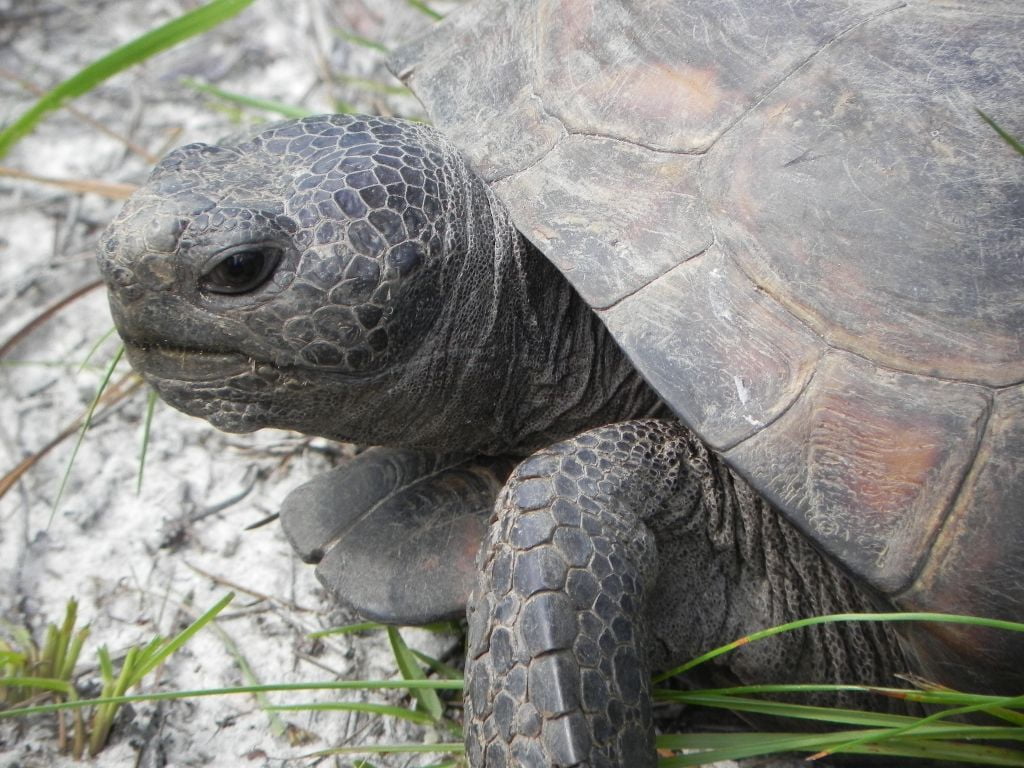
Conclusion
The Gopher Tortoise is more than just another reptile in the US Gulf States; it’s a symbol of the intricate web of life that exists in these regions. Protecting the tortoise is not just about saving one species; it’s about preserving an entire ecosystem that relies on this remarkable creature. As efforts continue to safeguard the Gopher Tortoise, it stands as a testament to the balance of nature and the role each species plays in the grand tapestry of life… one day at a time!
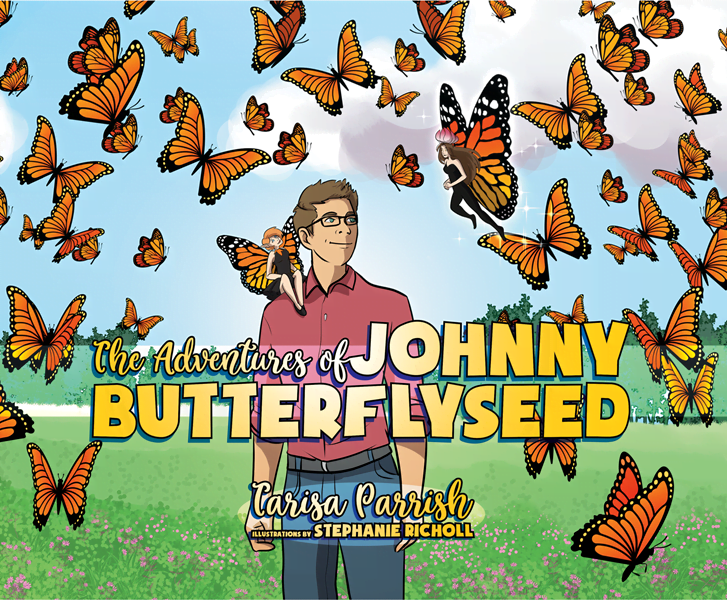
The Adventures of Johnny Butterflyseed – Author Signed First Edition Children’s Book
Save the monarchs!
Johnny Butterflyseed and his fairy friend, Raven Silverwing, embark on a mission to save the rapidly disappearing butterflies. They enlist the help of Queen Venus Goldwing and her kingdom of monarchs to educate and inspire kids to become butterfly farmers. At first, Johnny faces his own internal struggle with self-doubt and fear in his ability to make a difference, but then soon develops a mindset that allows him to not only get started, but also make progress one day at a time. Through challenge after challenge, Johnny learns that he is not alone in his mission and that there are many people who want to help. Together, Johnny, Raven, and Queen Venus educate thousands of children on becoming butterfly farmers.
